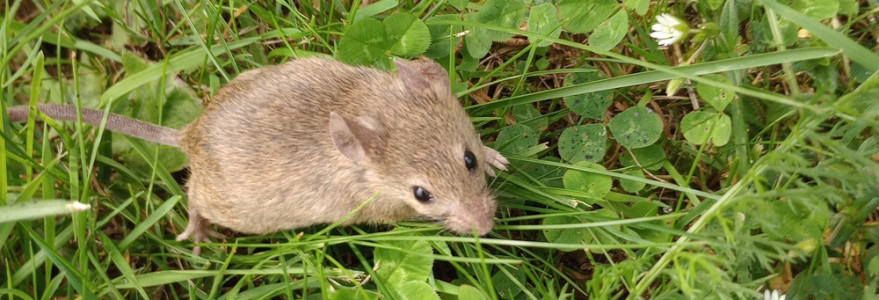Prof. Agnieszka Kloch from the UW Faculty of Biology contributed to the research on the genomes of nematodes – invertebrates that are parasites found in both animals and plants. The results show that two species of closely related nematodes, which were previously thought to be identical, are separated by millions of years of independent evolution. The scientific article was published in the journal Nature Communications.
Nematodes (or roundworms) are a type of invertebrate animals. They inhabit water and soil. Many of them are parasites found in both animals and plants.
Researchers point out that the study of nematode genomes is challenging for technical reasons and has been very poorly understood by now. However, they provide a better understanding of how interactions between parasites and hosts are shaped genetically.
In her research work, Prof. Agnieszka Kloch from the Faculty of Biology of the University of Warsaw, deals with, e.g. the evolutionary and ecological role of pathogens and the application of molecular methods in ecology. She has recently contributed to the study of an international research team analysing the genomes of two closely related nematodes, one of which parasitises a wood mouse and the other a house mouse – a model species for studying mammalian responses to parasitic infections.
The scientific paper describing the research was published in the journal Nature Communications.
“Although the two nematode species were thought to be identical for a long time, our research has proved that their genomes show levels of divergence that are consistent with at least a million years of independent evolution. We found areas of very high variability that encode genes that interact with the host immune system. Some of these are very old. They originated prior to the two nematode species separated and are also preserved in nematodes kept for seventy years in special genetic lines of laboratory mice. This shows that the selection pressure from the hosts exerted on the parasites is very strong,” Prof. Agnieszka Kloch explains.
The UW biologist provided the genome of a third species of nematode, which was used as a reference for comparisons of two other species in the analyses.



